Study visits, Saturday 12 April
Option 1:
Resistance until the end – Warsaw Uprising
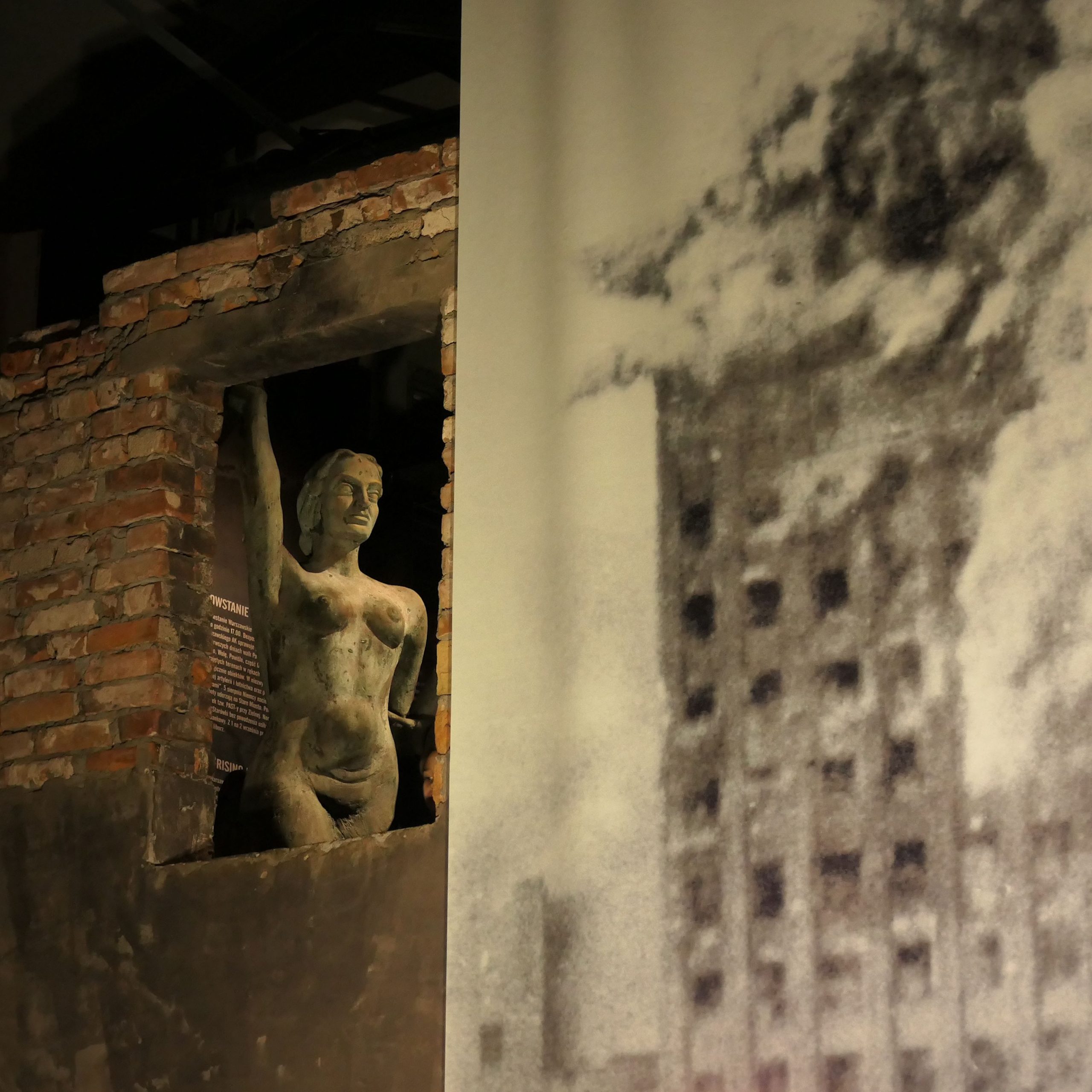
Warsaw, the capital of Poland, is like a phoenix. It was invaded, occupied, burnt, blown up and widely destroyed on numerous occasions, but it has always survived.
The greatest destruction occurred during World War II. When the war started in September 1939 about 20 per cent of the city was immediately destroyed, five years later more than 85 per cent had gone and at the end of the war the population had fallen to almost a quarter of its 1939 total.
From 1944, more and more Warsaw residents offered fierce resistance to the superior forces of the German occupiers who wanted to ‘“turn it (Warsaw) into a lake”. They were armed largely with home-made or captured weapons.
Stalin, Russia’s leader, who spotted an opportunity to wipe out many of the people who might oppose him after he took control of Poland, stopped his Red Army on the left bank of the Vistula River for ‘technical reasons’.
The fights covered the entire city but were completely suppressed and the whole area of the former ghetto was raised to the ground.
This battle went down in history as the Warsaw Uprising. No single event has had more impact on modern Warsaw than the insurrection of 1944.
The Warsaw Rising Museum was opened on the 60th anniversary of the outbreak of fighting in Warsaw. It is a tribute from Warsaw’s residents to those who fought and died for an independent Poland and a free capital.
Besides documents and objects of that time, the museum tells the stories of everyday life during the Uprising., It is set against the terror of occupation using a variety of very touching stories and the fates of different people fighting for humanity and their country in what appeared to be a hopeless situation. Their determination, their courage and their belief in their future make them true heroes.
A short walk will take us to the Hall of Remembrance at the Cemetery of Warsaw Uprising Insurgents. There are 177 mass graves of the 40 000 people killed and a huge sandstone slab containing 12 tons of the ashes of the victims burned by the German Nazis.
What is the appropriate way to commemorate the victims today and in the future? How are such monuments perceived from different perspectives?
Option 2:
ThePost-War Reconstruction of Warsaw: From Nation’s Will to UNESCO Landmark
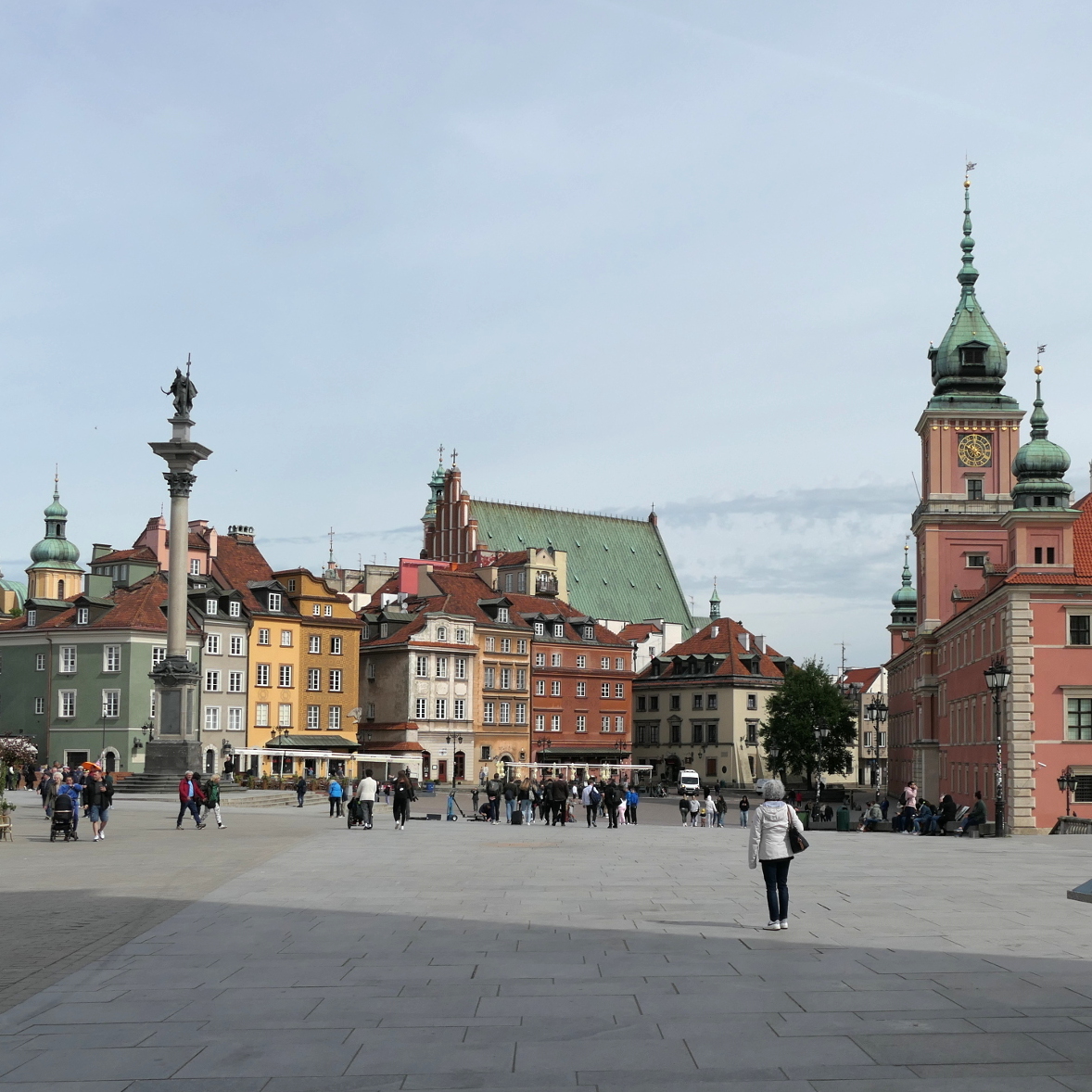
Visiting Poland’s vibrant capital today, it’s almost unimaginable to picture the city as a sea of ruins after the methodical Nazi destruction that followed the Warsaw Uprising. Yet, through remarkable public determination and immense effort, Warsaw rose from the ashes, becoming a global symbol of resilience. This extraordinary achievement was recognized when the meticulously reconstructed Old Town was inscribed on the UNESCO World Heritage List. Join us for a study visit to discover the inspiring stories of the heroes and heroines of this reconstruction, exploring the places where their legacy is preserved and shared with present and future generations.
We will begin our visit at the Heritage Interpretation Centre in the Old Town where we will delve into the history of Warsaw’s demolition and remarkable reconstruction and learn about the visionaries, architects and leaders who made it possible. The Centre’s experts will share insights into how the Old Town achieved its UNESCO status and how this story is interpreted today.
From there, we will set off on a walking tour through the Old Town, exploring the most fascinating examples of rebuilt monuments and introducing you to the stories of the remarkable individuals who played key roles in the city’s revival.
A highlight of our tour will be a visit to a park created on a vast mound of rubble from the city’s wartime destruction. It was awarded the European Prize for Urban Public Space.
As the award organizers noted, “The park at the Warsaw Uprising Mound innovatively integrates the area’s history by recycling World War II ruins to create an accessible, enjoyable public space that combines memory, leisure and ecological sensibility.”
This park serves as a powerful example of holistic heritage interpretation, merging historical and natural heritage, while promoting accessibility and sustainability. Standing atop the mound and taking in the panoramic view of modern Warsaw, we will have the chance to reflect on how the city’s reconstruction has become the very essence of its identity.
Option 3:
A wilderness whose wildness was taken away and brought back by humans
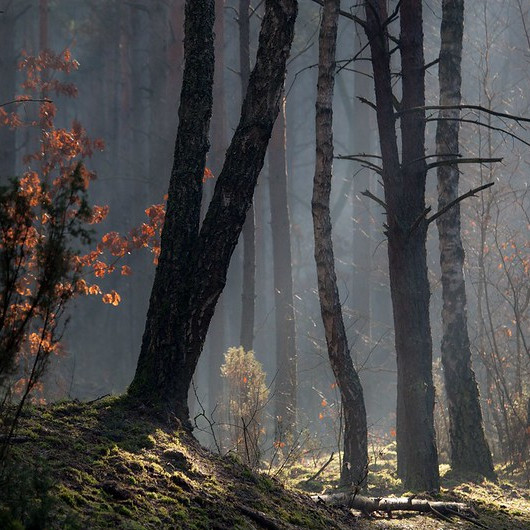
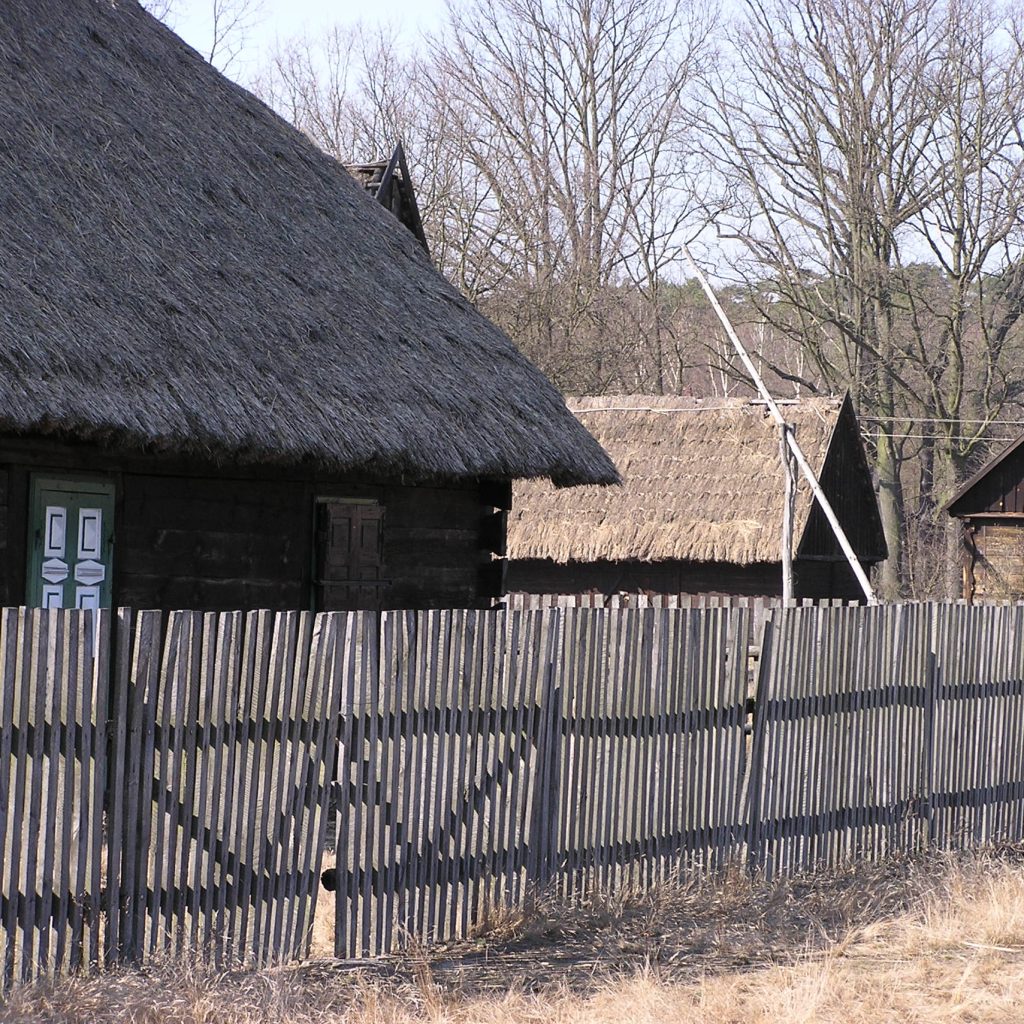
Kampinos Forest, with its abundant biodiversity of flora and fauna, will be the main hero of our interpretive walk, but we shouldn’t forget that humans shaped its terrain for at least 300 years. They tried to distinguish its unique terrain with initiatives like the Kampinos National Park and successfully restored its wildness after its resources were completely destroyed during World War II. It is also highly interesting how its ancient appearance is increasingly better known to us, thanks to contemporary archeological research.
The primaeval forest was a refuge for bears, wolves and the now extinct aurochs, which testifies to its extraordinary resources and biodiversity. Our ancestors made abundant use of its resources in their everyday lives in settlements, and also in their economic activities that were based on the mass production of iron, thanks to which they connected this part of Europe with the Roman Empire.
We will remind ourselves the meaning of wilderness as it embraces not just a forest, even though there is no shortage of those in the Kampinos National Park, but also clearings, meadows and marshes. We’ll walk through Dolina Roztok, one of the most attractive trails in the Kampinos National Park. It runs through a dune ridge covered by a pine forest and then descends towards the picturesque meadows of Łubiec village. It then leads along the Zaborowski Canal, close to which there is an oakwood stand that is more than 150 years old. By the Canal, we’ll be able to search for traces of beavers feeding and when we’ll raise our heads higher, we might spot a crane.
Seeing the return of wildness, with its myriad of diversity, to these wildlands is the biggest success of those that live here and work for it. Just 65 years ago, it was nearly destroyed by human hand.
Study visits, Sunday, 13 April
Option 1:
Timetravel – everyday life in communist reality
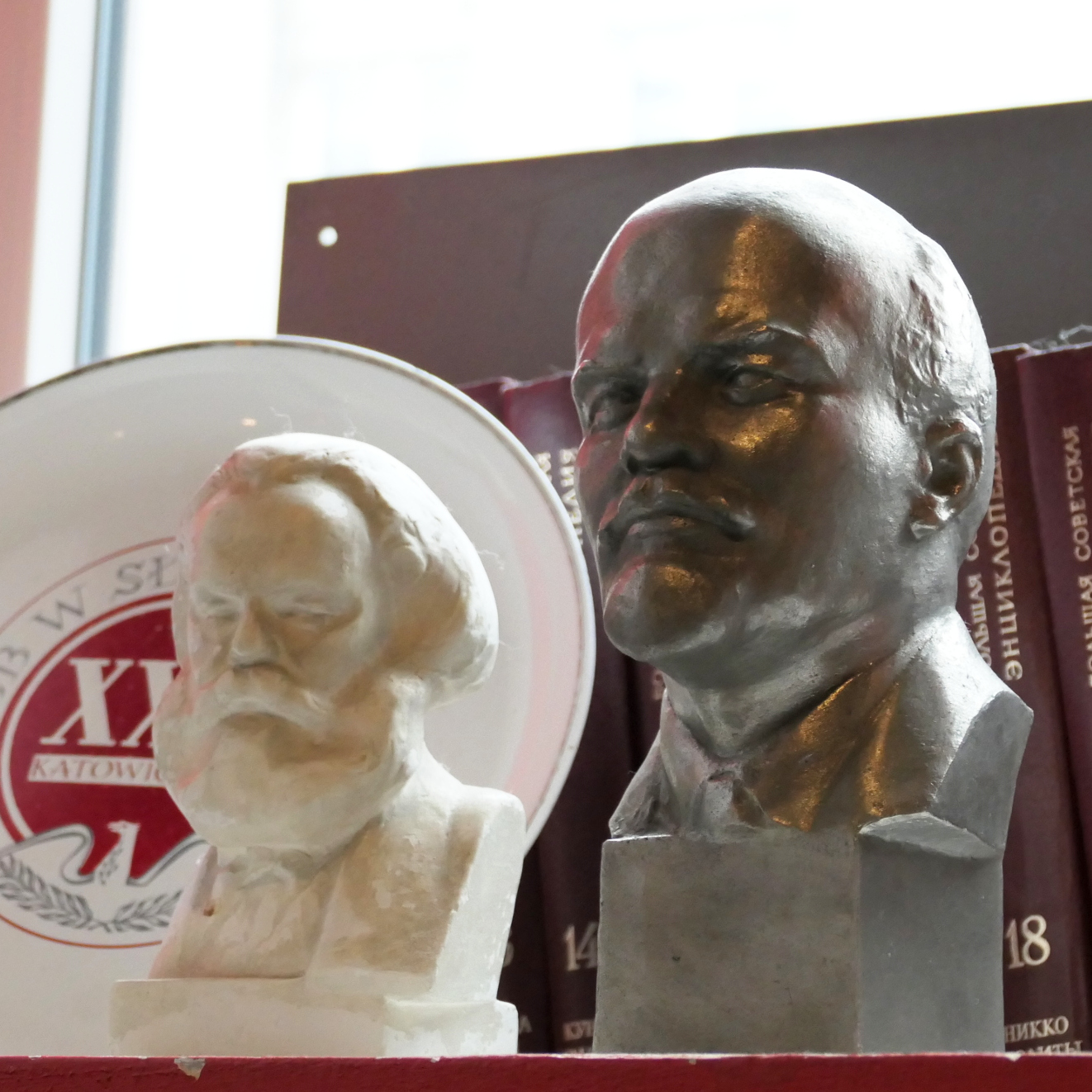
You are invited to an extraordinary journey in time to the People’s Republic of Poland. We will visit the Museum of Life under the Communist Régime where we will be transported to a time that significantly affected the history of Poland and the lives of its inhabitants.
While some people considered themselves great heroes of history, ordinary citizens were true heroes of everyday life.
In a typical Communist flat we will immerse ourselves in the atmosphere of an average home of the time. What was cooking like at a time when access to products was limited, when empty shelves, substitute products and long queues for foodstuffs were a daily occurrence?
You will learn about the challenges of travelling near and far in times of political terror and repressions by the security services, such as arrests, torture, imprisonment and extensive surveillance of citizens.
You will see posters that shaped public awareness and praised the achievements of the Communist system and learn how propaganda tried to form social consciousness, restricting freedom of speech and forcing people to conform.
These times are, for many of us, now in the distant past. But you will see that, even today, Poles are divided on how they perceive the experience of living under Communism. Some recall these times with nostalgia while others remember the ‘era of the rightly past.’ And who is a hero for one can be perceived as villain from a different perspective.
The visit to the museum offers also a good opportunity to raise awareness of values like freedom, democracy and the availability of goods by comparing life in the Communist era with today.
Option 2:
Jewish heritage then and now
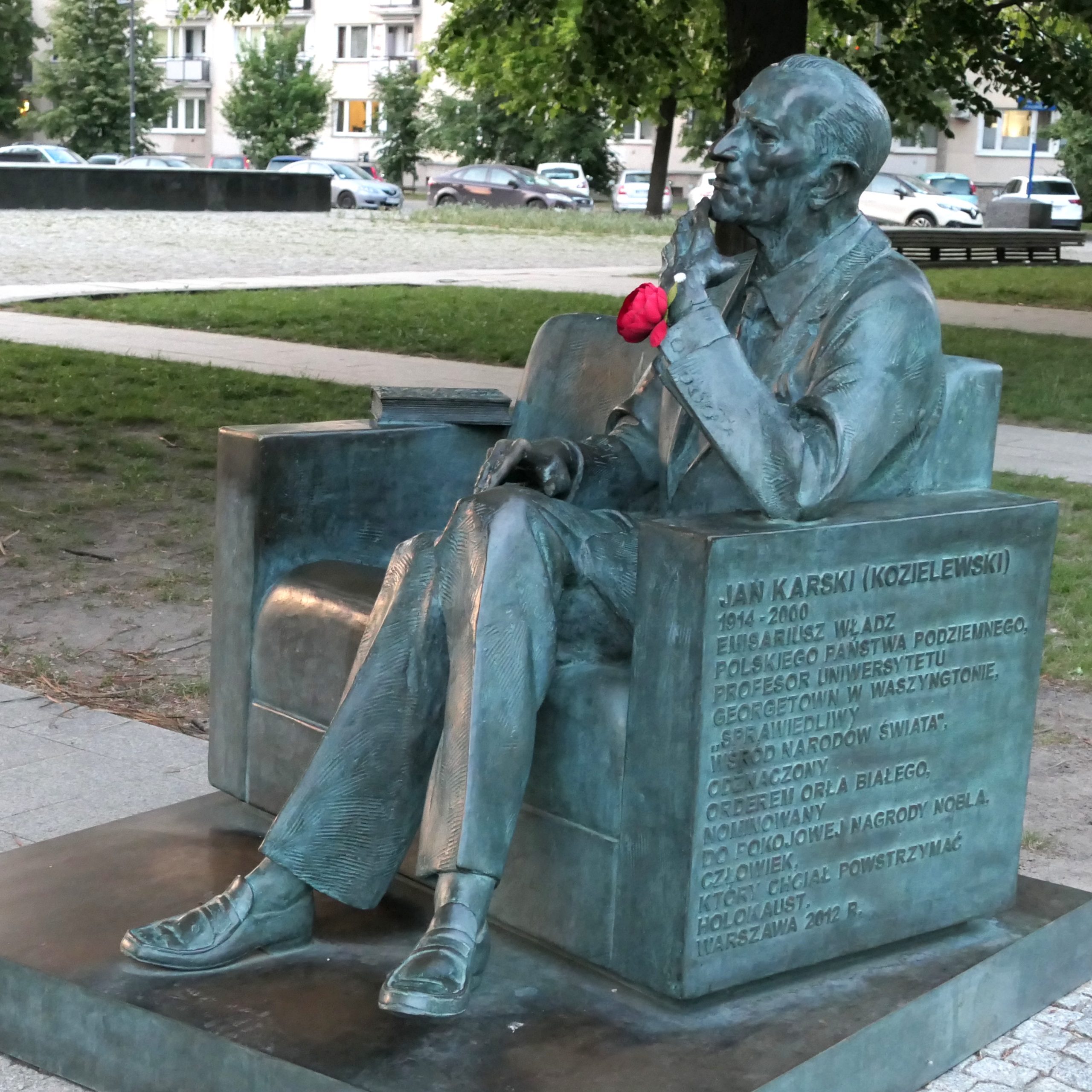
Warsaw is a city of surviving memory and rich culture. Although it was almost completely destroyed during World War II, it still exists. Before World War II, the city was home to the largest and most varied Jewish community in Europe. Jews, most of whom lived in the northern part of the city, spoke Yiddish, the language of Eastern European Jews.
In the northern district of pre-war Warsaw, anyone could buy anything, not only Jews but other people in Poland as well. The courtyards of tenement houses were full of people, the sounds of traditional Jewish songs, the smells of Jewish food; bargains were at hand.
During our journey exploring the pre-war Jewish world of Warsaw, we will meet Jews and others who were important to both the Jewish community and to their Polish hosts. We will meet the heroes of tragic times who always searched for hope. We will get to know those for whom life was the most precious value, although they sometimes took it from themselves.
Life in postwar Warsaw rose from the ruins. Houses were built, trees were planted, museums were established. Paradoxically, the northern district of pre-war Warsaw, wholly destroyed during the War, blossomed with the memory of its former residents. New life has sprung up here from the ruins.
Starting at the Polin Museum, we will follow the Jewish memorial route and ‘meet’ heroes of the past who still have an impact on us, who were both Polish and Jewish also. Most of us have heard about Janusz Korczak’s story about helping Polish and Jewish orphans and maybe about Irena Sendler who saved Jewish children from the Warsaw ghetto. But who were Szmul Zygielbolm, Zofia Kossak-Szczucka and Mordechaj Anielewicz?
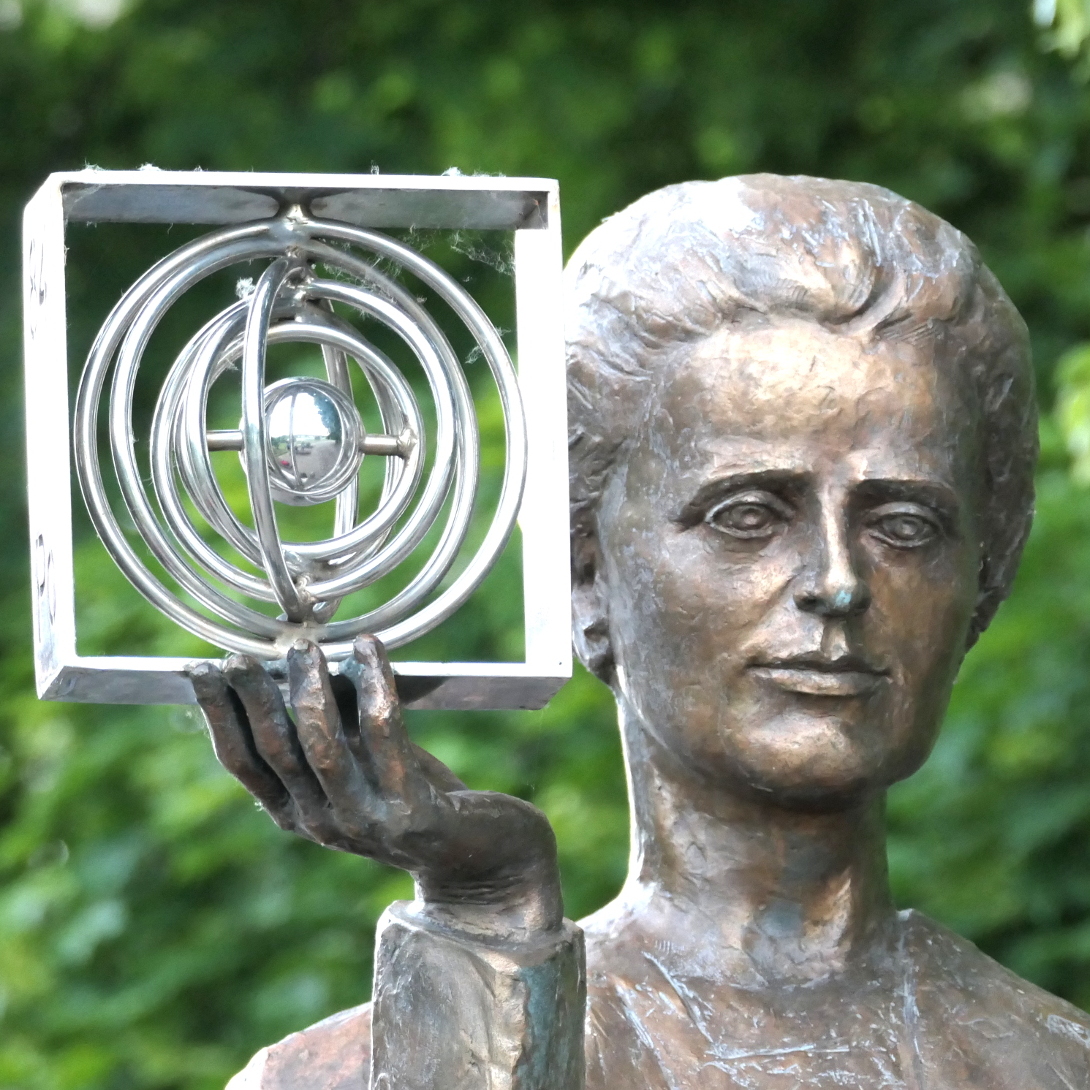
If you would like to visit the birthplace of the world’s most famous female scientist, learn about her life story and take a walk following her footsteps through Warsaw, you’re warmly invited!
Known worldwide as Madame Curie, Maria Skłodowska was born in Warsaw on 7 November 1867. Today, in the house of her birth in Warsaw’s New Town, there is a museum currently preparing a new permanent exhibition based on heritage interpretation methodology.
During the visit to the museum, we shall have the opportunity to view exhibitions and original objects related to Maria, her family and her research. Afterwards, we will take a walk exploring the places connected to her life. During the visit, museum staff will share the challenges they face while preparing a new narrative about Maria, creating an opportunity for discussion and reflection on the interpretation of the biographies of women, scientists and figures who bridge countries and nations.
Option 4:
Vistula – Warsaw’s Liquid District and the Polish Archenoah
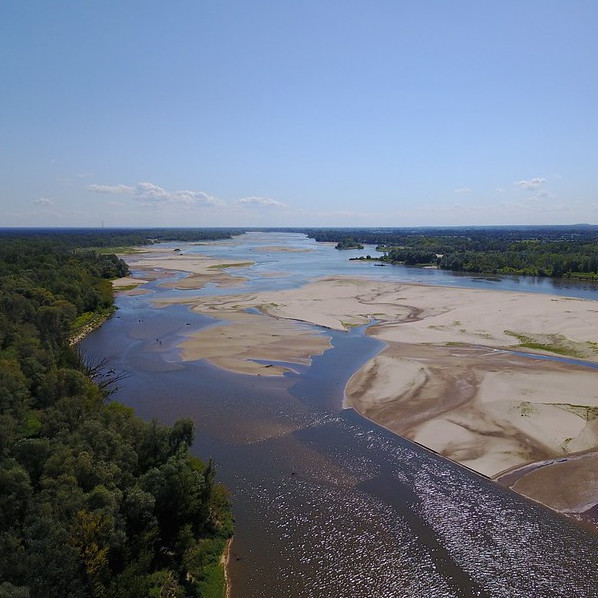
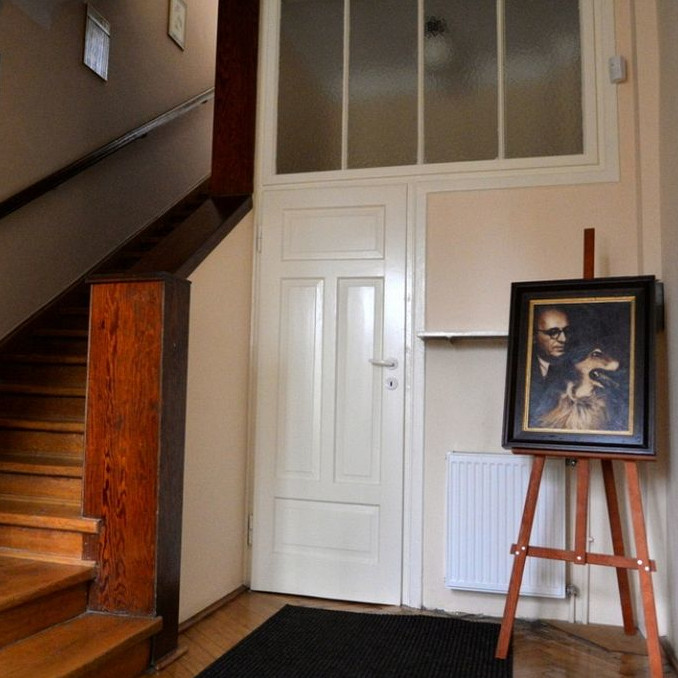
Embark on an extraordinary journey in the footsteps of history and nature and admire our national heroine, the majestic Vistula, which has many legends and stories to tell.
During our tour, we will introduce you to an astonishing inhabitant of the Vistula, the Warsaw Mermaid and tell the story of the model of one of the countless mermaid sculptures, Krystyna Krahelska, a young woman whose fate will forever be linked to that of the mermaid.
Following the river, admire the beautiful panoramic views of Warsaw with historic buildings, modern architecture and a lot of greenery. Observe the rich wildlife that inhabits the banks of the Vistula and take a break at one of the most beautiful urban beaches in the world before diving (not literally!) again into one of the countless and incredible stories Warsaw has to tell.
One of the outstanding stories is about Jan Zabinski who had been running the Warsaw Zoo with a lot of passion for several years before good friends became enthusiastic Nazis who did not shy away from holding a terrifying New Year’s Eve shooting at the Zoo. Jan Zabinski and his wife risked their lives for their animals. But that was not all. Where elephants and polar bears once lived, Jews found shelter during the Second World War. The Zabinskis hid around 300 persecuted people in the grounds of the Zoo, right under the eyes of the occupying forces. With all the animals and people finding shelter in the villa, it became a reminder of Noah’s Ark.



